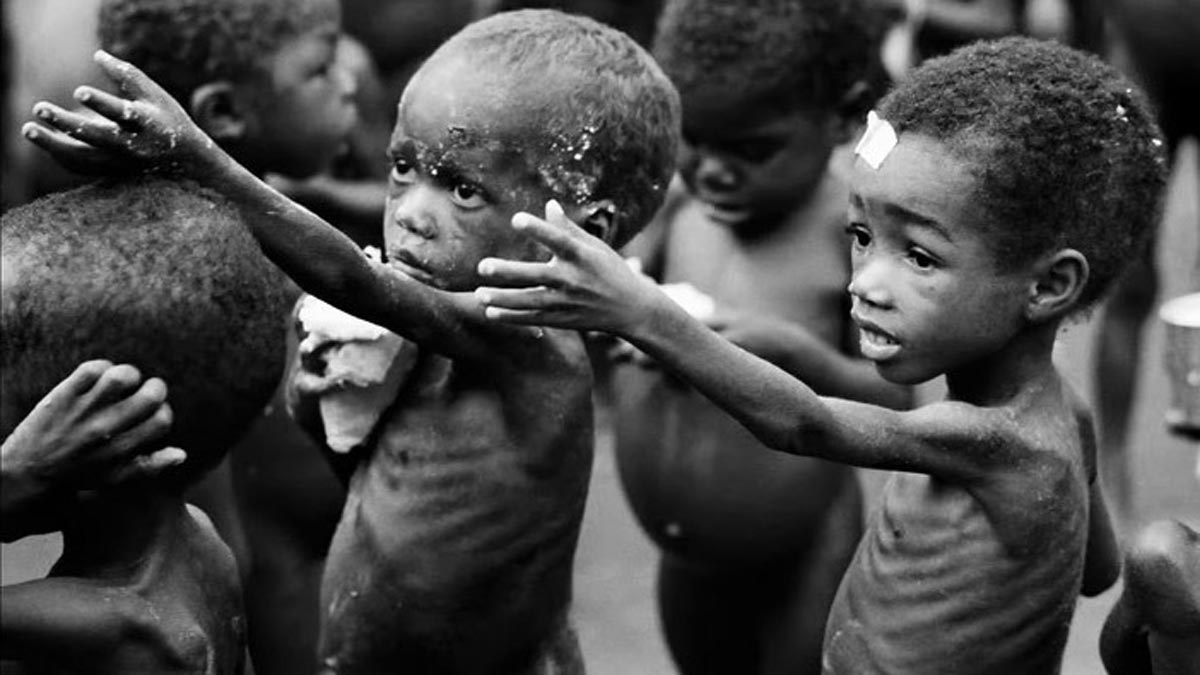Nasir el-Rufai, governor of Kaduna, says the increasing population of malnourished persons in the state is frightening.
El-Rufai said this on Tuesday at the opening of a two-day orientation workshop on “Effective Coordination of Nutrition Programme’’ organised for members of the state committee on food and nutrition.
The governor, who was represented by Hafsat Baba, the state commissioner for women affairs and social development, said the number of malnourished children remained very high in spite of on-going efforts to address it.
Baba said despite the huge interventions, 11.7 percent of children below the age of five in the state were still suffering from acute malnutrition while 47 percent were suffering from stunted growth.
Advertisement
According to Baba, “huge resources are being sunk” by the state and development partners without much impact, largely because of “uncoordinated intervention”.
Baba explained that duplication of intervention has negative effect on results, but that “co-ordinated intervention would lead to direct impact and create the desired result.
“I strongly believe that with the adherence to coordinated interventions will have a high chance of addressing the scourge,” Baba said.
Advertisement
Also speaking, Aisha Mohammed of “Save the Children’’, Kaduna state office, said coordination among development partners was necessary to avoid duplication of efforts.
“Without coordination, we will be doing the same thing in same communities which would amount to wastage of resources,” Mohammed said.
She added that the objective of the workshop was to strengthen the capacity of the committee in coordinating nutrition intervention in the state.
“We will equally highlight the role of the committee in implementing the state nutrition policy and develop action plan,” she said.
Advertisement
On her part, Hauwa Usman, the state nutrition officer, said that the Kaduna state policy on food and nutrition was designed to reduce malnutrition through coordinated interventions.
Usman said that the policy hopes to, among other things, reduce the number of under-five stunting by 50 percent, duplication by 10 percent, and reduce low birth weight by 30 percent by 2025.
“It also hoped to reduce hunger and malnutrition by 50 per cent, increase exclusive breastfeeding rates in the first six months by 50 per cent, and increase uptake of appropriate complementary feeding by 40 percent by 2025,” Usman said.
Advertisement
Add a comment







